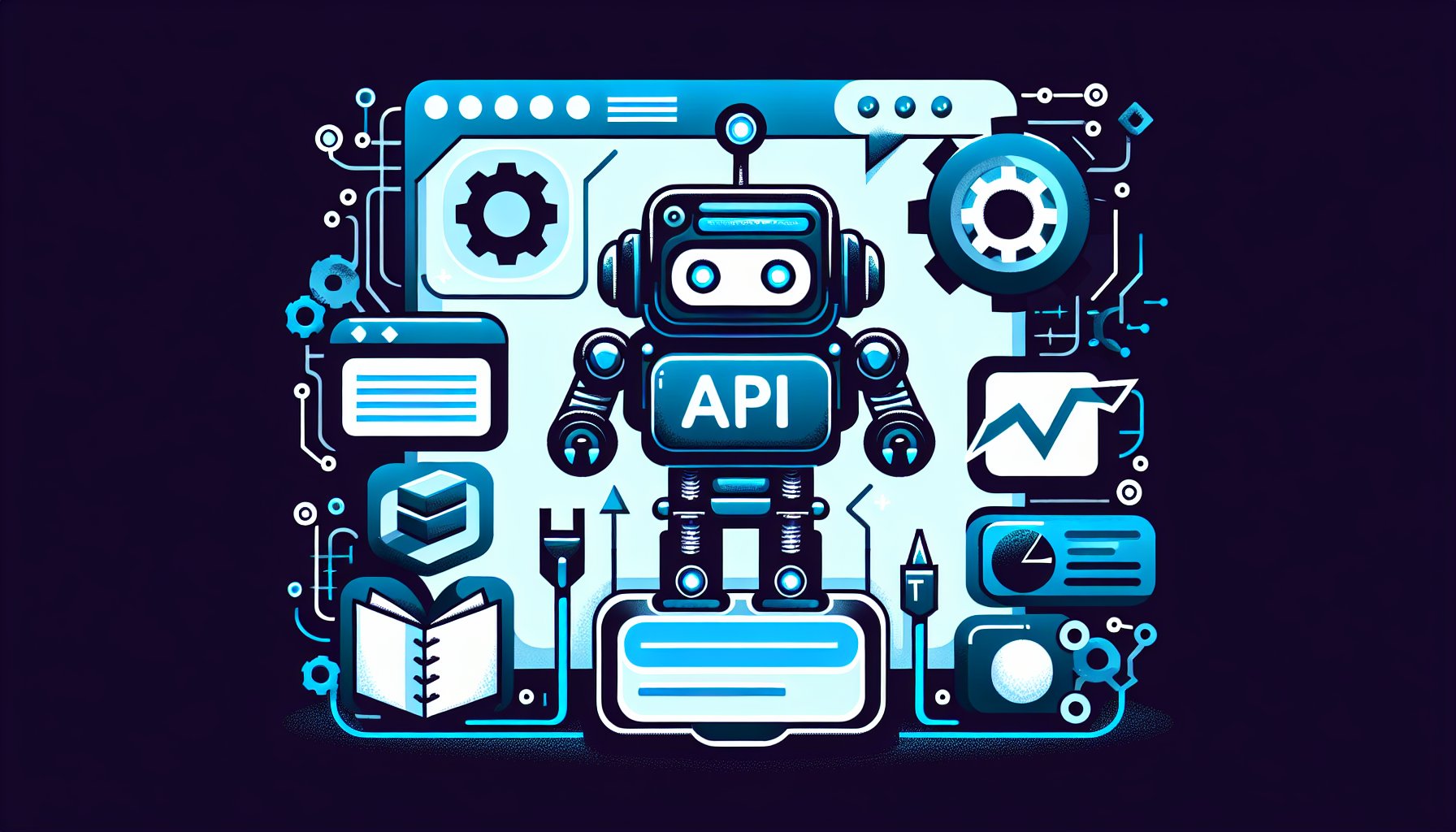Introduction
APIs, or Application Programming Interfaces, have become the backbone of modern web and mobile applications, enabling seamless integration across various services and platforms. Consequently, API Development has evolved rapidly, with new methodologies, technologies, and best practices emerging at a compelling pace. Today, we delve into the current state of API development, highlighting the cutting-edge practices and future trends that are shaping this dynamic field.
The Advent of RESTful APIs and GraphQL
When it comes to API design, REST (Representational State Transfer) has become the de facto standard, renowned for its simplicity, scalability, and stateless nature. However, GraphQL, an open-source data query and manipulation language developed by Facebook, is rapidly gaining traction. It offers enhanced flexibility, allowing clients to specify exactly what data they need, reducing over-fetching and under-fetching issues common in REST APIs.
```javascript // A basic GraphQL Query { user(id: 1) { name email } } ```Microservices Architecture and API Development
The rise of microservices architecture has had a profound impact on API development. With microservices, applications are broken down into smaller, independent services that communicate via APIs. This decoupled architecture promotes scalability, fault isolation, and continuous delivery, making it an ideal approach for large-scale, complex applications.
API Security in the Modern Landscape
As APIs become increasingly integral to applications, securing them has become paramount. OAuth 2.0 remains the industry standard for API security, providing robust authentication and authorization mechanisms. In addition, OpenID Connect, an identity layer built on top of OAuth 2.0, provides user identity information, enhancing security further.
Serverless & API Development
Serverless computing, where the cloud provider dynamically manages the allocation of machine resources, is revolutionizing API development. With serverless, developers can focus on their code instead of managing servers, resulting in faster deployment and scalability. AWS Lambda and Azure Functions are leading the serverless revolution, offering seamless integration with API Gateway for efficient API development.
```python # A basic AWS Lambda function for API Development def lambda_handler(event, context): # API logic here return { 'statusCode': 200, 'body': json.dumps('Hello from Lambda!') } ```Conclusion
API development is at the heart of modern application development, underpinning the connectivity and functionality that users demand. By keeping abreast of emerging trends such as GraphQL, microservices, enhanced security practices, and serverless computing, developers can harness the full power of APIs, creating robust, scalable, and secure applications for the future.
Staying current in the rapidly evolving world of API development is crucial. Embrace the power of RESTful APIs and GraphQL, understand the benefits of a microservices architecture, prioritize API security, and explore the potential of serverless computing. These practices and trends are shaping the future of API development, offering exciting prospects for developers and businesses alike.
As we move forward, the key to success in API development will be adapting to these emerging trends, utilizing the latest technologies, and adopting industry best practices. The future of API development is here, and it is more exciting than ever.
